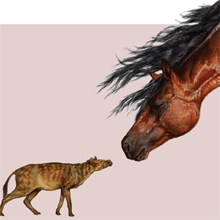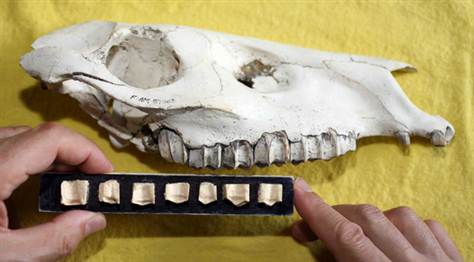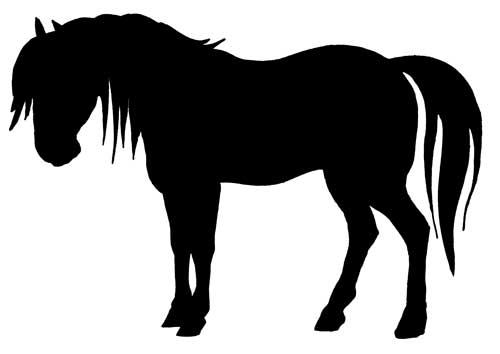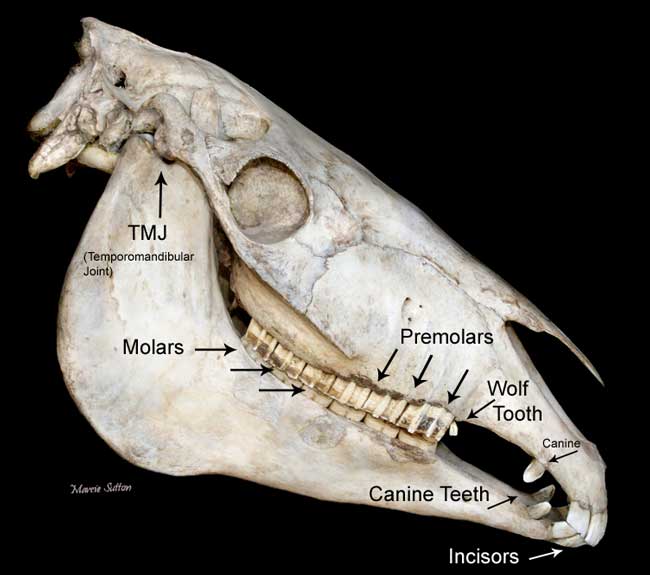 In most mammals, individual body sizes tend to be smaller in warmer regions and larger in cooler regions. In the latest issue of Science Magazine, scientists examined a high-resolution 175,000-year record of equid fossils deposited over a past climate shift—the Paleocene-Eocene Thermal Maximum—for changes in body size. Using oxygen isotopes collected from the teeth of co-occurring mammal species to track prevailing environmental temperature, a clear decrease in equid body size was seen during 130,000 years of warming, followed by a distinct increase as the climate cooled at the end of the period. These results indicate that temperature directly influenced body size in the past and may continue to have an influence as our current climate changes.
In most mammals, individual body sizes tend to be smaller in warmer regions and larger in cooler regions. In the latest issue of Science Magazine, scientists examined a high-resolution 175,000-year record of equid fossils deposited over a past climate shift—the Paleocene-Eocene Thermal Maximum—for changes in body size. Using oxygen isotopes collected from the teeth of co-occurring mammal species to track prevailing environmental temperature, a clear decrease in equid body size was seen during 130,000 years of warming, followed by a distinct increase as the climate cooled at the end of the period. These results indicate that temperature directly influenced body size in the past and may continue to have an influence as our current climate changes.
CLICK HERE for access to a comment and abstract in Science Magazine (you have to pay to get access to the whole article).
DWR Notes: As noted in a comment on the article, “Body size matters. It sets the energetic demands of organisms, regulates the rates of physiological processes, and influences population densities and other key characteristics of animal communities and populations.” Prehistoric horses got larger or smaller over time, as the climate changed.
Because of their size, horses have difficulty regulating their body temperature in the heat. CLICK HERE to check out my article, Horses in the Heat.






